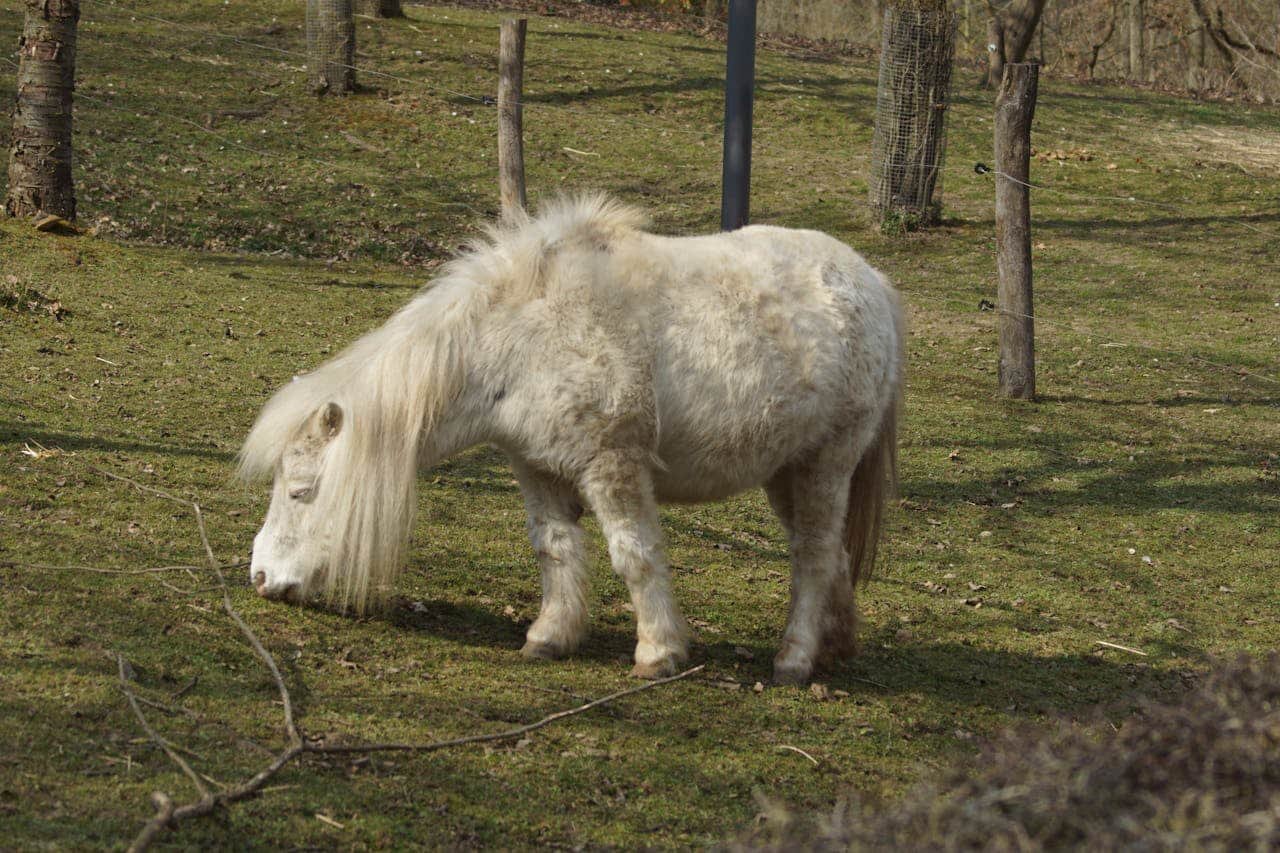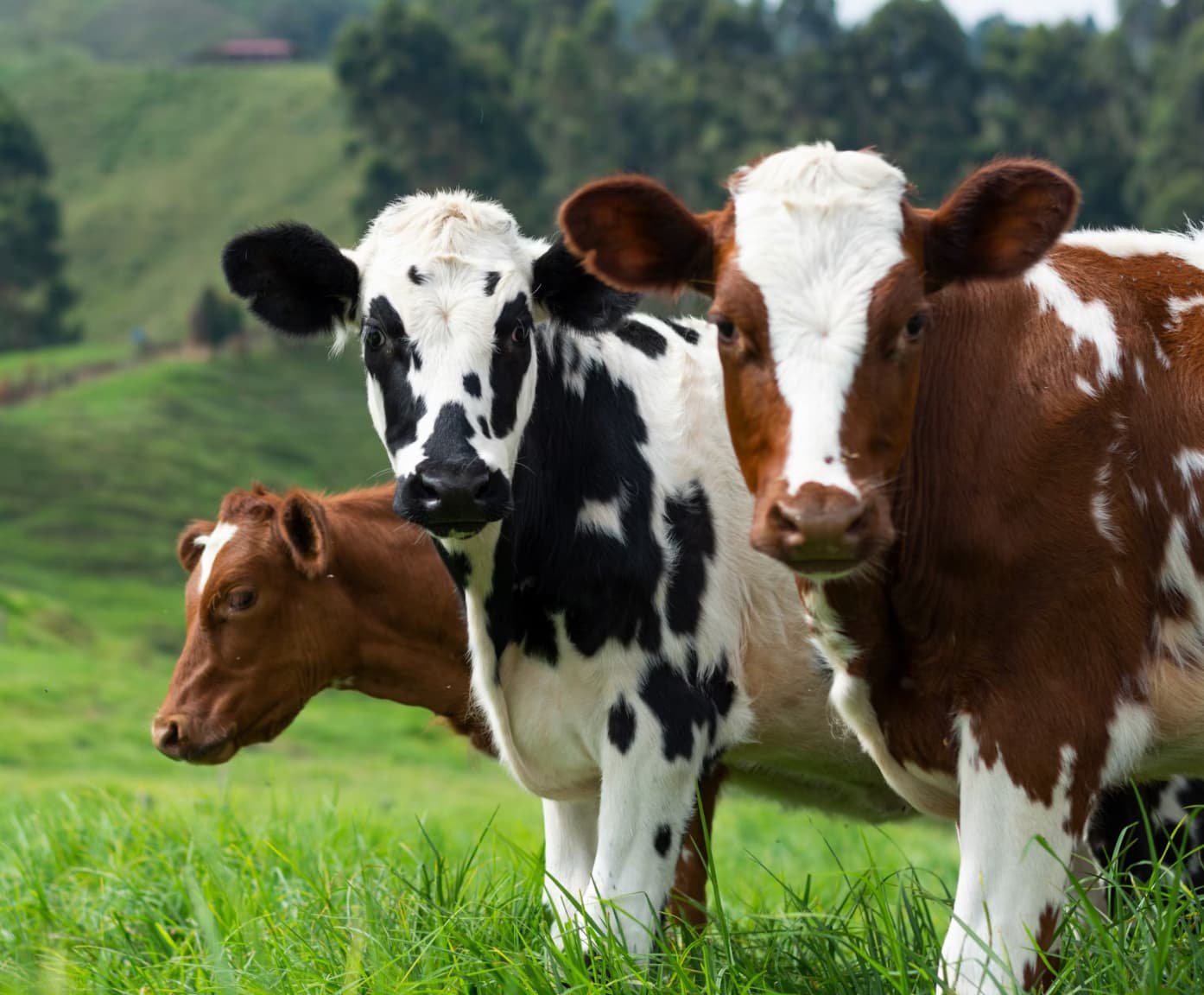TABLE OF CONTENTS
Immunomodulators for Treatment of Metritis or Endometritis
Plenty of research asociated with immunomodulators of uterine defence mechanism and their application as treatments for metritis or endometritis has been carried out in mares.
Hormones
Hormones commonly used as immunomodulators are:
- Prostaglandins
- E.Coli Lipopolysaccharides
- Derivatized Polysaccharides
- Oyster Glycogen
- Leukotriene B4
Other Agents
Other agents commonly used as immunomodulators are:
- Plant Preparations

Prostaglandin
Prostaglandin F2α is a naturally occurring luteolytic agent in non-pregnant ruminants. Oxytocin stimulates uterine secretion of PGF2α which in turn, stimulates oxytocin release from the corpus luteum; this luteal oxytocin positively stimulates endometrial secretion of PGF2α.
As a result, peripheral blood concentrations of progesterone progressively fall from day 16 of the estrous cycle until estrus, when they are undetectable; conversely, estradiol concentrations, rise to reach a peak when the animal shows standing heat. Hence, there are three reasons for using PFG2α for treatment of endometritis.
Exogenous prostaglandin therapy administered to cattle presenting a functional corpus luteum will induce luteolysis and bring the animal into heat, thereby removing the suppressive affect of progesterone on the uterine defense mechanism or, alternatively, stimulate it through estrogen causing myometrial contraction which expels debris and micro-organisms that contaminate the uterine lumen after calving.
Moreover, PGF2α may have stimulatory effect on the phagocytic activity of uterine leucocytes. Hence, the luteolytic action of PGF2α has been used to treat endometritis in cows where a functional corpus luteum is present.
E.coli Lipopolysaccharides
Lipopolysaccharides of E.coli:
- Serotype 026:B6.
- Dissolve 100 μg in 20 ml of PBS (pH 7.4).
- Administer on day 0 (estrum) through intra uterine route.
Derivatized Polysaccharides
Derivatized Polysaccharides are generally high molecular weight dextrans.
Their action is complex possibly by T or B cell mitogenicity e.g. oyster glycogen.
Oyster Glycogen
Intrauterine administration of oyster glycogen (OG) caused PMN migration, up to 90% of all cells identified in uterine secretions being neutrophils.
Measurable immunoglobin (IgG) concentrations were found in uterine secretions following administration.
Leukotriene B4
Leukotriene B4 are generally glycoproteins of molecular weight around 20 kDa.
They up regulate immune response. It is an effective chemo attractant, stimulating preferential migration of PMNs into the lumen of the bovine uterus.
A single intrauterine treatment of a 30 mm01/l solution increased the intrauterine leukocyte count 5-10 times within 24h.
Granulocyte-macrophage colony stimulating factor (GM-CSF; lymphokines) are highly effective chemo attractants in mares, but their activity in cattle has not been studied.
Plant Preparation
The active principles of plants may be carbohydrates, glycosides, tannins, lipids and akaloids. WHO has also been recommended the promotion of native, practices and conservation and cultivation of medicinal plants.
Despite these facts, little attention has been given to describe and explore the traditional herbal medicines used by the local and tribal communities in specific areas for the control and treatment of various reproductive disorders in farm animals.
Plants Used in Disorders
Uterine disorders
- A wide variety of medicinal plants and their preparations are found to be useful in treatment of reproductive ailments.
- They include Abroma augausta, Aristolochia bracteata, Datura alba, Mytrus communis, Salvadora species, Saraca indica, and ViI species.
Anestrum
- Anestrum in cows/buffaloes can be overcome by feeding fenugreek powder. Feeding of bamboo leaves brings cattle and buffaloes into regular heat. Feeding of leaves of jute plant (about 2-2.5 kg) brings animal into heat.
- Feeding leaves of Mann tree (approx:15-20 kg) can overcome anestrus condition.
- A mixture of black pepper (10 grains) and Vanghuchi (20-25 gm) is given twice a day at interval of 6-8 hrs for 1-2 days for treatment of anestrus.
Decreased Conception Rate
- Feeding 200 gm germinated Bengal gram (Cicer arietnum) soaked overnight to the animal continuously for one week.
- Along with this pounded leaves and unopened fruit of Yanai (Pedalium murex) may be given once a day for three days without adding water.
Retained Placenta
- Bamboo leaves and bark are boiled with paddy husk and fed to cows for expulsion of placenta.
- Ficus bengalensis is used for treatment of retained placenta. Leaves and twigs of ber (Zyzphus mauritiana) are collected and burnt. The ash is given to the animal with water to induce the placenta to drop.
- About 250 g of leaves of jingara used for retention of placenta showed 60% success rate.
- To prevent abortion farmers feed piece of stem of banana (Musa paradisiacal). After conception, buffalo is fed 10-15 kg; cow is fed 5-10 kg pieces of stem of banana. It is fed for five times over a period of 2-3 days. It helps to reduce internal heat and improves health. This practice has been in use for the last 30-40 years.
Uterine Infection
The immunomodulatory property of Aristolochia indica (Ischamur) can be proved an aid in preventing the uterine infection by augmenting local immune system. Approximately 100 gm of root or bark of Convolvus micrphyllus (roots) powdered and mixed with 300 ml of water and boiled. This concoction is filtered and then cooled. This is given to affected animals once a day for 3 days.
Equiman
Equiman is an immunomodulating phytopreparation having its affect on bovine immune cells. Equimen is a fixed combination of Echinaces purpurea, Thuja occidentalis and elemental phosphorous in different concentration. The preparation reduces the spontaneously generated reactive oxygen species (ROS) by neutrophils.
Phytotherapy has been followed in the treatment of animals from thousand of years since ancient time. Plant based drugs (natural drugs) may be used directly i.e. they may be collected, dried and used as a therapeutic agents (crude drugs) or their active principles, separated by various chemical process which are employed as medicines.

